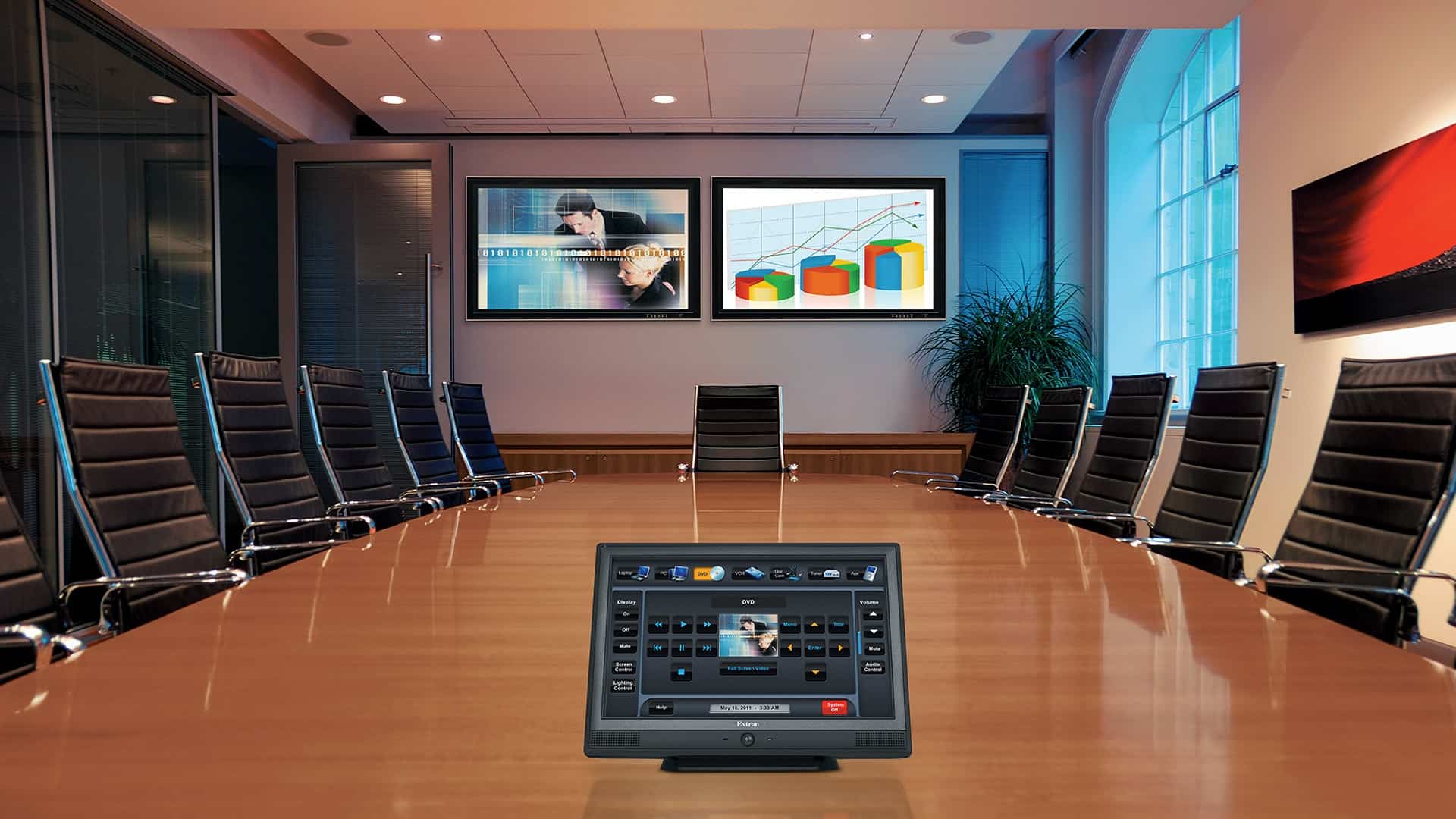Understanding How To Install the Ideal Surveillance System to Meet Your Safety Requirements
Understanding How To Install the Ideal Surveillance System to Meet Your Safety Requirements
Blog Article
As it comes to ensuring protection and safeguarding, choosing the appropriate CCTV system is crucial. Closed-circuit video (CCTV) systems are widely used for surveillance in different environments, such as homes, businesses, and public areas. These systems assist observe actions, discourage crime, and offer valuable proof in case of incidents. Understanding the different elements and features of CCTV systems can help individuals and organizations make informed decisions that best meet their security needs.
One of the initial factors when selecting a CCTV setup is the kind of surveillance devices needed. There are several types of cameras available, such as dome devices, projectile devices, and PTZ (pan-tilt-zoom) cameras. Bulb cameras are commonly employed for interior monitoring due to their subtle design, while projectile devices are more noticeable and are typically employed externally. PTZ devices provide the capability to zoom in on specific locations and can be controlled remotely. Evaluating the specific surroundings and the locations that require surveillance will assist determine which type of device is best appropriate.
Another crucial factor to consider is the clarity of the cameras. Increased resolution devices offer clearer pictures, which can be essential for identifying people or details in a setting. Common clarities include standard definition (SD), elevated resolution (HD), and ultra-high definition (UHD). Although increased resolution devices may come at a higher price, they can significantly improve the efficacy of a monitoring setup. It is also important to take into account the illumination conditions in the location being monitored, as some cameras are more equipped to manage low-light situations than alternative options.
Storage options are also a critical aspect of CCTV systems. Footage footage can consume up a significant amount of storage, so it see here is essential to select a system with sufficient capacity capacity. Many setups offer online storage, which allows for off-site access to footage and can provide extra safeguarding in case of theft or destruction to the tangible device. Alternatively, on-site options, such as digital video devices (DVRs) or internet video recorders (NVRs), can be used. Understanding the capacity needs based on the number of devices and the desired retention duration for recordings is vital for efficient monitoring.
Finally, the setup and maintenance of the CCTV system should not be overlooked. Expert setup can ensure that devices are placed in optimal spots for maximum surveillance. Additionally, routine maintenance is essential to keep the system operating properly. This entails inspecting camera angles, wiping lenses, and ensuring that programs is up to date. Some setups also provide remote surveillance capabilities, enabling users to view real-time footage from their mobile devices or computers. This feature can offer reassurance and enhance the overall efficacy of the safeguarding system.
In summary, choosing the perfect CCTV setup requires thoughtful evaluation of multiple aspects, such as camera types, resolution, storage options, and setup. By comprehending these elements, people and entities can choose a system that effectively satisfies their security requirements. A well-planned CCTV system not only assists discourage criminal activity but also offers valuable evidence when needed, rendering it an important expenditure for safety and security.